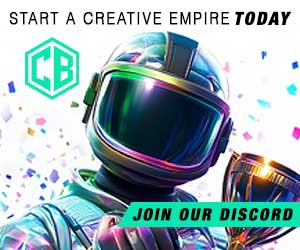Game Development
Building Virtual Worlds: A Deep Dive into Game Development Technologies
Explore the Power of Game Engines and Discover Which One could be Right for You!

Creating immersive virtual worlds requires a deep understanding of game development technologies. From game engines and programming languages to graphics tools, there’s a lot to consider when starting a new project. Let’s take a quick look at some of the most popular game engines, comparing their features, pros, and cons to help you decide which platform is best for your needs.
Unity
Unity is a versatile and powerful game engine that supports both 2D and 3D game development. With its user-friendly interface and wide range of supported platforms, Unity has become a popular choice for both beginners and professionals.
Pros:
- – Beginner-friendly with a large community and extensive documentation
- – Supports a wide variety of platforms and devices
- – Asset Store offers a vast selection of ready-to-use assets and tools
Cons:
- – Can be resource-intensive for larger projects
- – Graphics capabilities may not be as advanced as other engines
- – Licensing costs can be high for commercial projects
Unreal Engine
Unreal Engine is a robust game engine known for its cutting-edge graphics capabilities and visual scripting system, Blueprints. It’s a popular choice for developers looking to create visually stunning games with high levels of realism.
Pros:
- – Advanced graphics capabilities and real-time rendering
- – Visual scripting system allows non-programmers to create complex game logic
- – Large community and resources available for learning
Cons:
- – Higher learning curve compared to other engines
- – More suited for 3D game development rather than 2D
- – Can be resource-intensive, requiring powerful hardware to run smoothly
UEFN (Unreal Editor for Fortnite)
UEFN is a specialized version of Unreal Engine specifically designed for creating custom Fortnite maps and experiences. It offers a unique set of tools and features tailored for Fortnite Creative Game Development.
Pros:
- – Tailored specifically for Fortnite Creative Game Development
- – Access to Fortnite-specific assets and game mechanics
- – The ability to quickly create games and publish them to a large, active audience.
Cons:
- – Limited to Fortnite-related projects
- – Less versatile compared to general-purpose game engines
- – Smaller community and resources available
Godot
Godot is an open-source game engine that’s been gaining popularity for its lightweight design and flexible scripting languages. It’s a great choice for developers looking for a customizable engine with strong 2D and 3D support.
Pros:
- – Open-source and free to use, even for commercial projects
- – Lightweight and efficient engine design
- – Supports multiple scripting languages, including GDScript, C#, and Visual Script
Cons:
- – Smaller community and fewer resources compared to Unity or Unreal Engine
- – Limited selection of assets and tools compared to other engines
- – Less established in the industry, which may affect job opportunities
Core Games
Core Games is a platform for creating, sharing, and playing games built on the Unreal Engine. It offers a set of user-friendly tools for building games without requiring programming skills, making it ideal for beginners or hobbyists.
Pros:
- – Easy-to-use tools for creating games without programming
- – Built on Unreal Engine, offering powerful graphics capabilities
- – Integrated marketplace for monetizing games and assets
Cons:
- – Limited flexibility compared to full-featured game engines
- – May not be suitable for large-scale or highly customized projects
- – Smaller community and resources available
Dreams
Dreams is a game creation platform developed by Media Molecule for the PlayStation 4 and PlayStation 5. It allows users to create, share, and play games within the Dreams ecosystem, offering a unique approach to game development.
Pros:
- – Accessible and intuitive tools for creating games without coding
- – Strong focus on art, animation, and sound design tools
- – Active community and a vast library of user-generated content
Cons:
- – Limited to PlayStation 4 and PlayStation 5 platforms
- – May not be suitable for large-scale or highly customized projects
- – Lacks the advanced features and flexibility of traditional game engines
Selecting the right game engine for your project depends on your specific needs, goals, and preferences. For instance, Unity and Unreal Engine offer versatility, powerful features, and large communities, making them popular choices for various types of projects. However, UEFN is tailored specifically for Fortnite Creative Game Development, while Godot provides an open-source alternative with a lightweight design.
For those looking to create games without programming knowledge, UEFN, Core Games and Dreams offer user-friendly tools and built-in sharing capabilities. Ultimately, it’s essential to consider each engine’s pros and cons and determine which platform best aligns with your vision, skill level, and project requirements.

All
Game Development Grants to Boost Your Project in 2025
Explore game development grants available in 2025. Learn how to apply for funding, what to look for in a grant, and how to avoid scams.
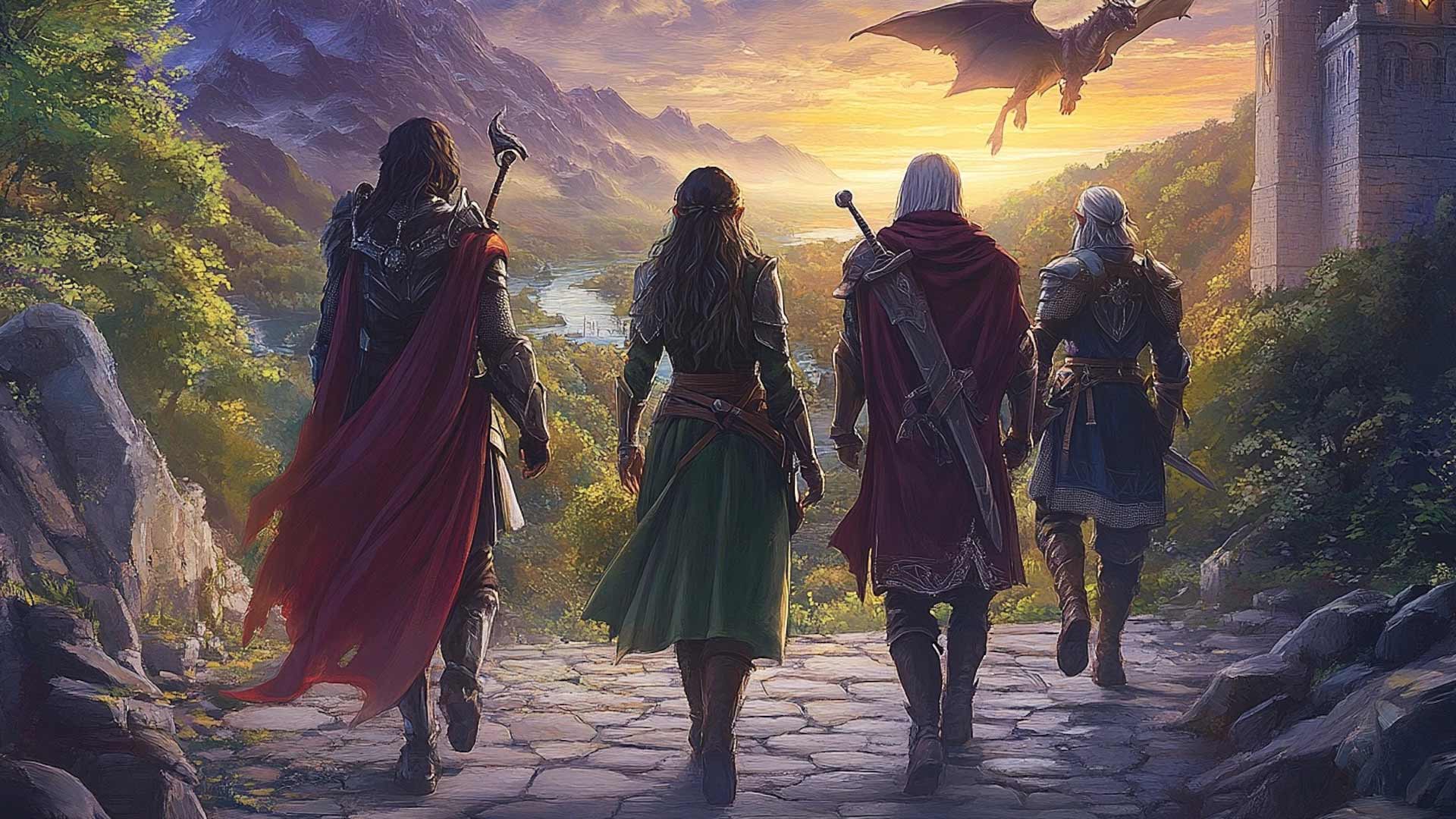
Game development grants are financial awards provided to developers to support the creation, production, and distribution of video games. These grants can alleviate the financial burden of development costs, enabling developers to focus on innovation and quality. When seeking grants, it’s essential to identify reputable programs that align with your project’s goals and to be cautious of potential scams.
What to Look for in a Grant
When considering applying for a game development grant, it’s important to assess the grant’s terms, conditions, and requirements carefully. Look for grants that align with your project’s goals, whether they’re focused on innovation, education, or specific genres of games. Understanding the grant’s purpose is crucial in ensuring that the funding will support the specific needs of your project. Pay attention to the eligibility criteria: Some grants may be restricted to specific regions or require certain technical qualifications. Additionally, review the financial details, including the amount offered, the timeline for disbursement, and whether the grant is one-time funding or recurring support. A transparent and clear application process is also vital—grants with straightforward requirements and realistic deadlines will help avoid unnecessary stress during the application process. Lastly, research the post-grant obligations—some grants may require developers to provide progress updates or share a portion of future earnings, so it’s important to understand these commitments before applying.
How Grants Are Used
Game development grants are incredibly valuable for independent developers and small studios, as they help alleviate the financial burden that often comes with creating a game. With limited resources, many developers face challenges in covering the high costs of technology, software, marketing, and labor. Grants provide crucial financial support that allows developers to focus more on creativity, innovation, and the technical aspects of game development without constantly worrying about funding. Whether it’s developing a prototype, hiring additional team members, purchasing necessary tools, or promoting the game once it’s complete, grants can fill in the gaps and make all the difference. In essence, these grants enable developers to push boundaries and bring their unique visions to life, without the added stress of financial strain. They can be a crucial catalyst in the growth and success of a project that may otherwise struggle to get off the ground.
How to Apply for a Grant
Applying for a game development grant typically involves a few key steps that can vary depending on the grant program. Start by carefully reading the grant’s guidelines to ensure your project meets all the eligibility criteria. Many grants require an application form, which may ask for detailed information about your project, including a project description, budget, timeline, and development goals. You’ll also likely need to submit a prototype or demo of your game to demonstrate its potential and your capabilities as a developer. Be sure to provide all requested documentation and follow the application instructions precisely. Some grants may also require references or letters of support from industry professionals or mentors. Once you’ve completed the application, double-check for any errors or missing information, as incomplete applications can be disqualified. Finally, submit your application before the deadline and be prepared to follow up if necessary. Patience is key, as grant review processes can take several weeks or months.
Game Development Grants
1. Epic MegaGrants
- About: Epic Games offers grants to support the development of innovative projects using their technology. Learn how to apply for an Epic MegaGrant : Fueling Innovation: Epic MegaGrants for UEFN Creators and Teams
- Requirements: Open to UEFN and UE developers, students, and educators worldwide.
2. Videogames and Esports Foundation (VEF) Grants
- About: VEF provides grants and scholarships to disenfranchised students, educators, game designers, streamers, and organizations in the gaming and esports industry.
- Requirements: Applicants must demonstrate a commitment to diversity and inclusion in gaming.
3. Indie Fund
- About: A collective of experienced game makers offering funding to independent game projects.
- Requirements: Developers must have a playable prototype and a clear vision for their game.
- About: Xsolla offers a range of solutions where developers can access resources and funding, while investors and publishers can discover quality new titles.
- Requirements: Open to developers with upcoming game development projects.
- About: A government-funded support program for the UK’s independent games development sector, providing production finance for prototype game development.
- Requirements: Open to UK-based independent game developers.
How to Avoid Grant Scams
While game development grants can be an incredible resource, developers should always be vigilant in ensuring they are applying for legitimate programs. Unfortunately, the increasing popularity of game development and the financial needs that come with it have led to scams targeting unsuspecting developers. To avoid falling victim to fraudulent grants, start by researching the organization offering the grant. Reputable programs will often have a clear track record, with testimonials or case studies from past recipients. It’s also important to ensure that the application process is transparent and doesn’t require upfront fees or unnecessary personal information that could be used for malicious purposes. Be wary of grants that promise “guaranteed” approval or ask for a percentage of future earnings in exchange for funding—these are often red flags. Additionally, look for well-known, established grant providers with a clear mission and guidelines, such as those supported by government organizations or reputable industry leaders. If something feels off or seems too good to be true, trust your instincts and double-check the program’s credibility before proceeding. Avoiding scams is crucial in securing legitimate funding and ensuring the continued success of your game development project.
Setting Realistic Goals and Expectations
When applying for game development grants, it’s crucial to set achievable goals and manage expectations. Understand that competition is fierce, and securing a grant can be a lengthy process. Ensure your application is thorough, highlighting how the grant will contribute to your project’s success. Be prepared to provide detailed budgets, timelines, and project plans. Remember, while grants can provide significant support, they are often just one component of a comprehensive funding strategy.
Let’s Talk More About Grants
Join the conversation in our Discord!
All
Leverage Free Assets from FAB Marketplace
Discover how utilizing free audio, 2D, and 3D assets from FAB Marketplace can streamline your project production!
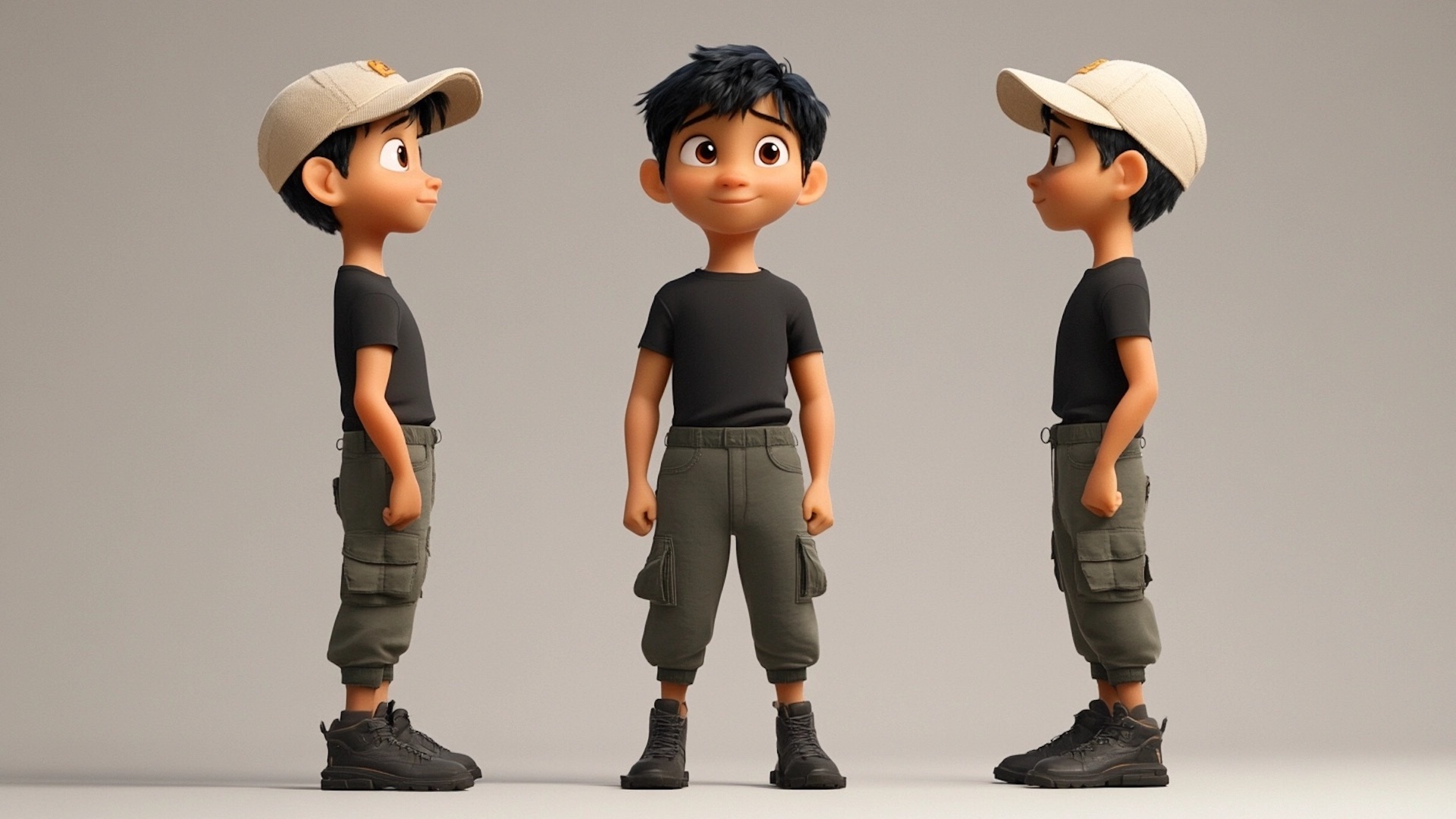
In today’s competitive digital landscape, efficiency and cost-effectiveness are paramount for successful project production. One of the most effective strategies to accelerate your workflow is by integrating free assets into your projects. Whether you need high-quality audio, 2D models, or 3D models, the FAB Marketplace offers a treasure trove of free resources to elevate your work without straining your budget.
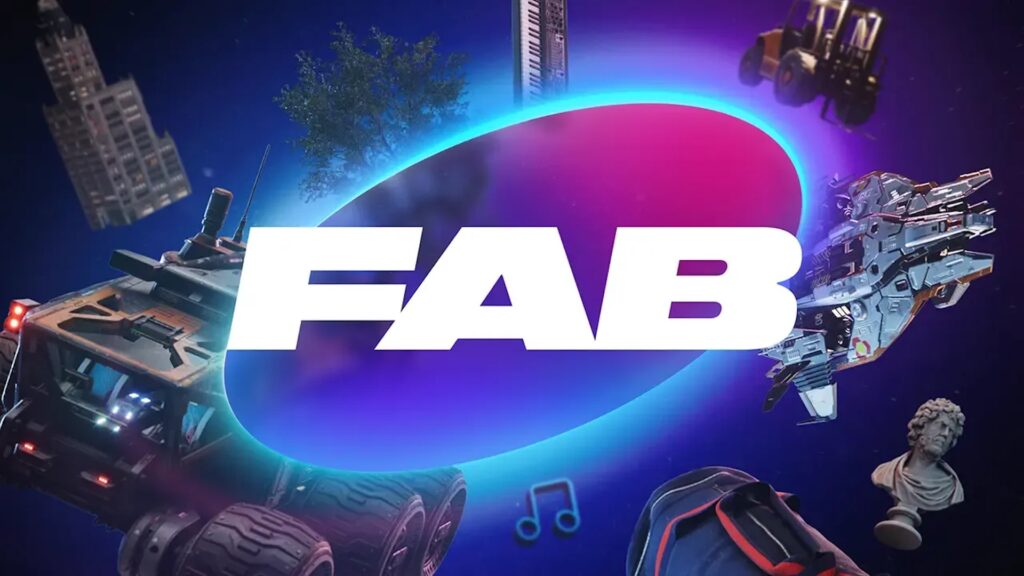
Save Time with Free 3D Models
Creating 3D models from scratch can be time-consuming and requires specialized skills. By tapping into the vast collection of Free 3D Models available on FAB Marketplace, you can save valuable time and focus on other critical aspects of your project. These ready-to-use models ensure that you maintain high-quality visuals while speeding up production.
Enhance Visuals with Free 2D Models
2D assets are essential for various projects, including game development, animation, and graphic design. The Free 2D Models offered by FAB Marketplace provide a wide range of styles and themes to suit any project. Utilizing these assets can significantly reduce design time and enhance the overall aesthetic of your work.
Elevate Audio Experience with Free Sounds and Music
Sound plays a crucial role in engaging your audience and adding depth to your projects. Access a diverse array of Free Audio Listings and Free Music Listings on FAB Marketplace to find the perfect soundtrack or sound effects. Incorporating professional-quality audio can greatly enhance the user experience without the additional cost.
Benefits of Using Free Assets
- Cost Efficiency: Allocate your budget more effectively by reducing or eliminating costs associated with asset creation.
- Time Savings: Accelerate your production timeline by utilizing pre-made assets, allowing for quicker project completion.
- Quality Enhancement: Access high-quality assets created by experienced designers and artists, improving the overall standard of your project.
- Resource Optimization: Free up internal resources to focus on core competencies and other critical project areas.
Streamline Your Workflow Today
Incorporating free assets from FAB Marketplace into your projects is a smart way to optimize both time and resources. By leveraging these readily available assets, you can enhance your project’s quality and accelerate production without compromising on creativity or originality.
By integrating free assets into your workflow, you not only streamline production but also open up new avenues for creativity and collaboration!
Game Development
Understanding Copyrights and Trademarks in Game Development : A Deep Look
Explore the essential guide to copyrights and trademarks in game development.

Game development is a fertile ground for innovation and creativity, where the unique blend of storytelling, artistic expression, and technological prowess comes to life. Protecting these creations is crucial for developers aiming to carve out a niche in the competitive gaming industry. Intellectual property (IP) laws, specifically copyrights and trademarks, play a vital role in safeguarding the fruits of their creativity and hard work. This quick guide incorporates expert insights to shed light on the differences between copyrights and trademarks and how they can apply to applications in game development.
Disclosure:
This article aims to educate on copyrights and trademarks within game development and is not intended as legal advice. Intellectual property laws are complex and vary by jurisdiction. Always consult with a state-registered lawyer to obtain advice tailored to your particular circumstances.
Distinguishing Copyrights and Trademarks
This fundamental difference underscores that copyrights protect the expression of ideas, while trademarks safeguard brand identities that distinguish goods or services in the marketplace
Copyrights and trademarks serve as guardians of intellectual creativity, yet they differ significantly in their nature and scope. Copyrights are designed to protect original works of authorship, including literary, dramatic, musical, and a wide array of other intellectual works. This form of protection covers the expression of ideas, not the ideas themselves, ensuring that creators can profit from and control the use of their creations.
Trademarks, contrastingly, safeguard words, names, symbols, or devices that identify and distinguish goods or services and signify their source.
In the context of game development, this means that while copyrights protect the game’s code, graphics, music, and narrative, trademarks protect the game title, logo, and any distinctive characters that serve as brand identifiers.
Differences in Duration Between Copyrights and Trademarks
One of the stark differences between copyrights and trademarks is their duration. Trademarks can last indefinitely, contingent on their continued use in commerce and their ability to maintain distinctiveness. Copyrights, on the other hand, are time-bound, generally lasting for the life of the author plus 70 years in many jurisdictions, after which the work enters the public domain. As stated in this insert from an article written by Ginsburg, 2015 :
“Trademarks can potentially last indefinitely, as long as they are used in commerce and maintain their distinctiveness. Copyrights, in contrast, have a finite duration, typically the life of the author plus 70 years in many jurisdictions, after which the work enters the public domain “
Requirements and Formalities for Copyrights and Trademarks
An article called: A New Economics of Trademarks written by David W Barnes states the following:
The process of registration provides a public record of the trademark and can grant the owner exclusive rights to use the mark on or in connection with the goods or services listed in the registration
– A New Economics of Trademarks by Barnes, 2006
The pathway to protection also varies between copyrights and trademarks. Copyright protection is automatic upon the creation of a work that is fixed in a tangible medium of expression, requiring no formal registration to enjoy basic protection. However, trademarks necessitate use in commerce and, often, registration to achieve the highest level of protection.
Copyrights and Trademarks Can Protect Against Infringement
When it comes to infringement, the protections afforded by copyright and trademark law diverge. Copyright law protects against unauthorized acts such as reproduction, distribution, and creation of derivative works. Trademark law, however, guards against unauthorized use of marks that could confuse consumers or dilute a famous mark’s value. Essentially, while trademarks protect the goodwill associated with a mark, copyrights protect the creative expression itself (Bohrer, 2003).
Overlapping Possibilities with Copyright and Trademarks
Interestingly, copyrights and trademarks can sometimes overlap, especially in cases involving distinctive characters or symbols. However, the rights each provides are distinct and serve different purposes within the intellectual property domain. For example, a character from a book, protected by copyright, could also be trademarked if it represents a brand or series of products (Ginsburg, 2015).
Application in Game Development
For game developers, understanding and navigating the complexities of IP law is essential. By securing copyright and trademark protections, developers can defend their creative expressions and brand identities, fostering a more robust and competitive presence in the gaming industry. Keep in mind that this guide serves as a foundational overview, but the nuances of IP law and its application to specific projects necessitate professional legal advice.
Trademarking Game Titles and Brand Identity
Game developers can, indeed, trademark names or game titles to safeguard their brand identity in the competitive market. This process involves ensuring that the title is distinctive and not infringing on existing trademarks, followed by registration for legal protection.
Copyrights: Protecting the Creative Elements
Copyright automatically protects the game’s code, graphics, music, and narrative, among other elements, from the moment of creation. Registration, while not mandatory, provides substantial legal benefits, including eligibility for statutory damages in infringement cases.
Financial Considerations and Protection Strategies
The costs associated with protecting IP can be significant but necessary for long-term success. Trademark registration costs range, while copyright registration presents a more affordable option. For developers on a tight budget, prioritizing critical assets for protection and utilizing symbols like ™ can offer interim safeguards.
The Imperative of Originality and Protection
The drive to create original work is not only a matter of integrity but also strategic importance in game development. Protecting this originality through copyright and trademark is essential for establishing a unique presence and securing a developer’s legal and commercial footing.
Can a Game Developer Trademark a Name or Game Title?
Let’s go into this in more detail – Yes, game developers can trademark a name or game title to protect their brand and ensure their game can be distinguished from others in the market. Trademarks cover symbols, names, and slogans used in commerce that are capable of distinguishing the goods or services of one entity from those of others. According to the United States Patent and Trademark Office (USPTO), trademarks are essential for preventing confusion among consumers and can be a valuable asset for a game developer looking to establish a unique identity for their game or studio.
However, it’s important to note that not all names or titles can be trademarked. The name or title must meet certain criteria set forth by trademark law, including distinctiveness and not being too similar to existing trademarks in the same or related fields. The process involves conducting a thorough search to ensure the game title does not infringe on existing trademarks, followed by submitting an application to the relevant trademarks office, which, in the United States, is the USPTO.
What About Copyright Protection for Game Developers?
Copyright law protects original works of authorship, including video games, which are considered artistic works. The copyright in a video game covers aspects such as the code, graphics, music, and story. As soon as a game is created and fixed in a tangible form that is perceptible either directly or with the aid of a machine or device, it is automatically protected by copyright. This protection extends to both published and unpublished works, without the need for registration.
Registering copyright with a country’s copyright office, such as the Copyright Office in the United States, offers additional benefits, including eligibility for statutory damages and attorney’s fees in case of infringement litigation.
The Costs of Copyright and Trademark
Average Costs
The cost of trademarking a game title in the United States can vary, but filing an application with the USPTO typically costs between $225 to $400 per class of goods/services. This cost does not include additional fees for legal services, which can significantly increase the total expense.
Copyright registration fees are more straightforward, with the U.S. Copyright Office charging $65 for a basic online registration. However, if the game includes various elements that need to be copyrighted separately, such as music or artwork not created by the game developer, the costs can add up.
Protecting Work on a Budget
For small studios or developers who cannot afford the costs of trademark and copyright registration, there are several strategies to consider:
1. Prioritize What to Protect: Determine which aspects of your game are most unique and valuable, and focus your protection efforts there.
2. Use the ™ Symbol: As stated on the : USPTO.GOV Website : Before registration, use the ™ symbol with your game title to indicate that you claim it as a trademark.
3. Document Everything: Keep detailed records of your game’s development process, including dates, to establish when you created your work. A great way to do this is on your game studio website, where you can document project details and progress or through project management software.
4. Consider Copyright Registration Alternatives: While formal registration provides the best protection, simply creating the game affords you copyright protection under U.S. law. Be sure to clearly mark your game with the copyright symbol (©), the year of first publication, and the name of the copyright owner.
Copyrights and Trademarks are Indispensable
It’s clear that both copyrights and trademarks are indispensable tools for protecting the intellectual and creative investments of game developers, no matter the platform used. By understanding and utilizing these protections, game developers can secure their work and ensure that innovative contributions thrive in the ever-evolving game development market.
Disclosure:
Please note that the information provided in this article is for educational purposes only and is intended to offer a general understanding of the differences between trademarks and copyrights in the game development ecosystem. This content should not be considered legal advice, nor does it constitute a legal consultation. Intellectual property laws can be complex and vary significantly by jurisdiction. Therefore, it is crucial to seek personalized advice and guidance from a lawyer or legal professional who is registered and licensed to practice in your state or country. Only a qualified legal professional can provide advice that accurately reflects the most current laws and how they may apply to your specific situation or project.
-

 Featured4 months ago
Featured4 months agoThe Ultimate UEFN Guide (2025) – Unreal Editor for Fortnite Explained
-
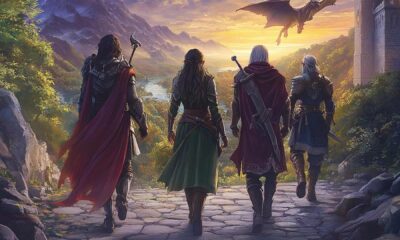
 All8 months ago
All8 months agoGame Development Grants to Boost Your Project in 2025
-
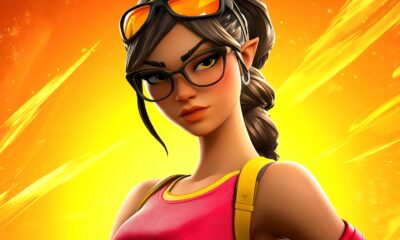
 All3 months ago
All3 months agoHow to Join the Fortnite Island Creator Program (Step-by-Step Guide)
-
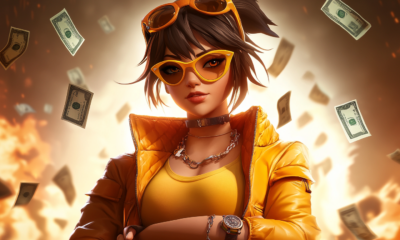
 All4 months ago
All4 months agoUEFN Monetization Guide: How to Make Money with Unreal Editor for Fortnite
-
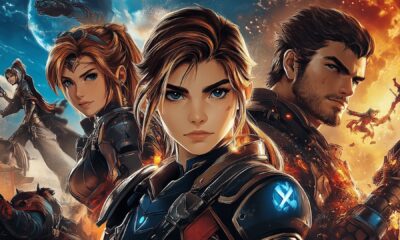
 All4 months ago
All4 months agoUnity 2025 Roadmap: Massive Performance Gains, Multiplayer Evolution & AI-Powered Creation
-

 All4 months ago
All4 months agoQuick Look at the UEFN Fortnite Creator Trello Roadmap: Key Updates and Community Impact
-
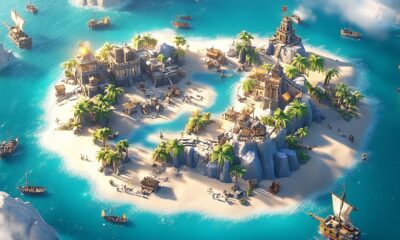
 All6 months ago
All6 months agoEngagement Payout Estimates Now Available in Fortnite Creator Portal
-

 All4 months ago
All4 months agoNew Content & Interview Policy: What Contributors and Readers Need to Know


